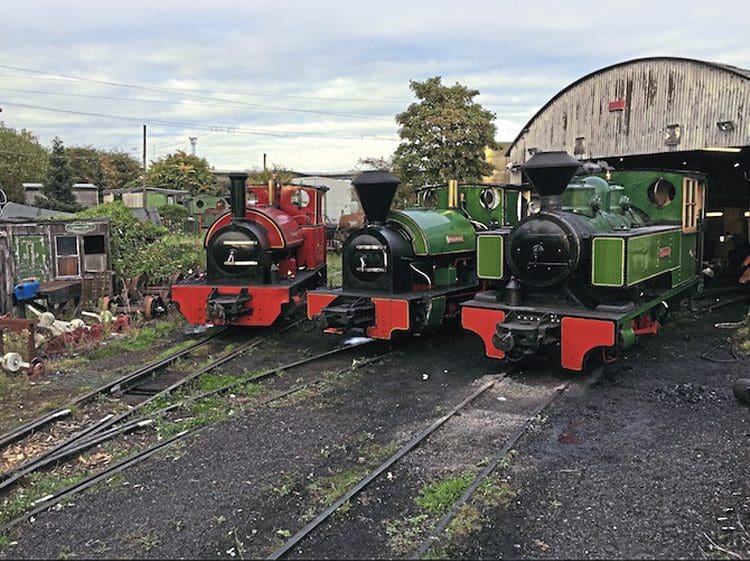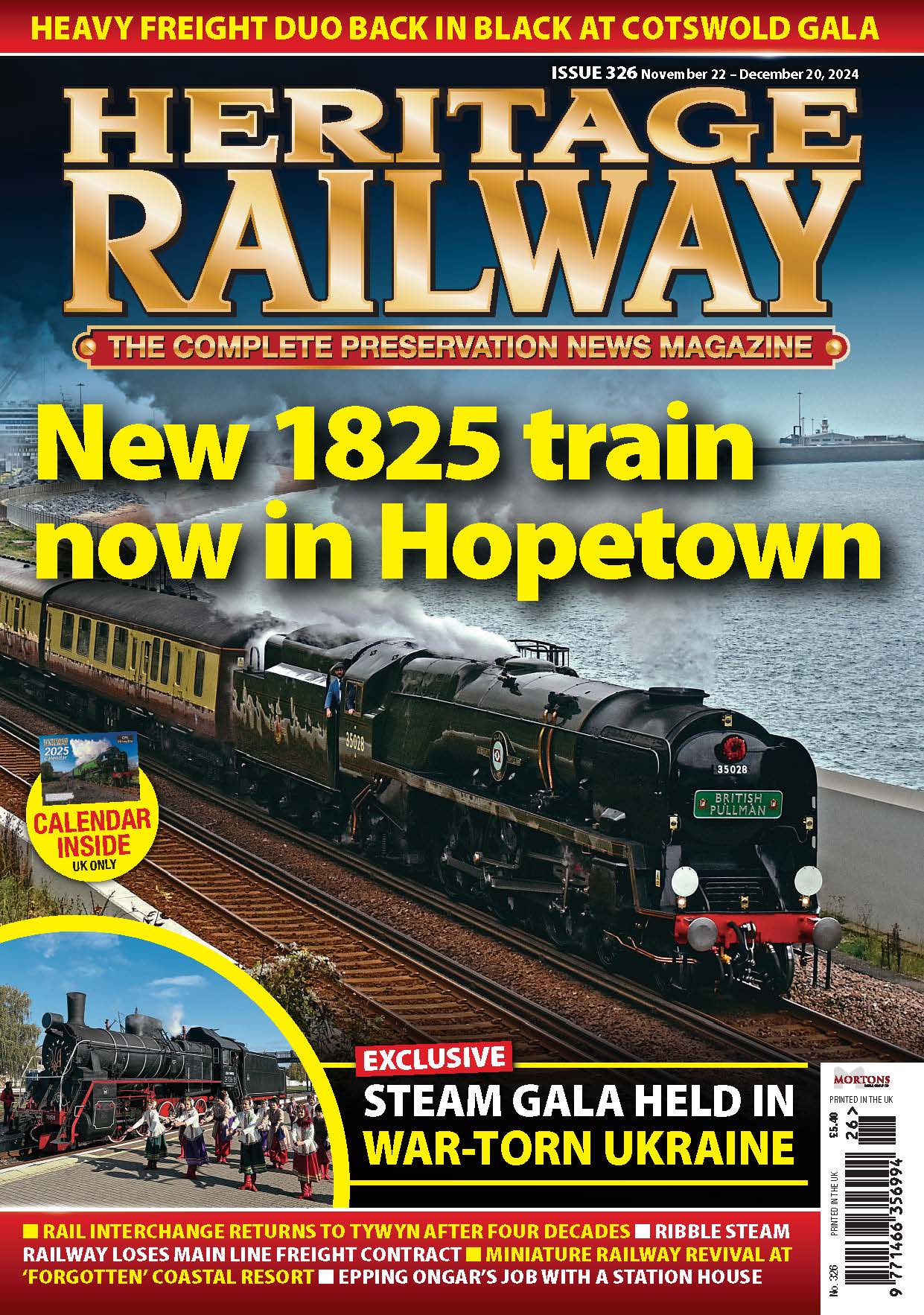Threatened with closure nearly 10 years ago, Gareth Evans finds that the Sittingbourne & Kemsley Light Railway is bouncing back, enhancing its offering with additional attractions and locomotive projects, as well as planning its next 50 years.
Nearly 10 years ago, the Sittingbourne & Kemsley Light Railway was threatened with closure by its then Finnish-owned landlord – a fate which was to hang over it for four years. Yet the Kent narrow gauge line continues to bounce back.
It may be unmistakeably industrial; a world away from the scenic splendour of the Welsh narrow gauge railways, yet the SKLR provides families with an affordable day out, while also offering no shortage of interest to the enthusiast and casual observer alike.

Reflecting its industrial origins, the line’s rolling stock still operates on its original railway, which includes a striking half-a-mile long concrete viaduct.
Enjoy more Heritage Railway reading in the four-weekly magazine.
Click here to subscribe & save.
I last visited in 2000 and this time noted how the landfill site the railway once passed has given way to a nature reserve… and I was also delighted to find the welcome remains as warm as ever. The line’s reasonably priced tea and sausage rolls come highly recommended too.
“We want to keep the cafe affordable, particularly for families,” commented Paul Best, the SKLR’s press officer. “There is a lot of deprivation in Sittingbourne. It’s essential we can continue to provide people with a day out, so they return time and again.”
Even a cursory search online reveals enthusiasm is not in short supply at the SKLR. The railway maintains a vibrant presence across the various online platforms. It’s also pleasing to report there is no shortage of young volunteers – indeed, on the day of my visit, there appeared to be a healthy all-round mix of age groups.
History
Today’s operation is the preserved southern half of the former Bowater’s Railway built to move the raw materials for paper making as well as the finished products around the mill at Sittingbourne. However, the section of line from Kemsley Down to Ridham Dock was abandoned for redevelopment of the paper mills.
Edward Lloyd, the newspaper owner and publisher, built Sittingbourne Mill in 1867 to supply his businesses with paper. The railway was originally horse drawn and was centred around the wharf on Milton Creek, Sittingbourne with lines into storage sheds and the mill.
In 1905 the first steam traction arrived in the form of two Kerr Stuart ‘Brazil’ class 0-4-2ST locomotives – Premier and Leader. The motive power fleet grew and during the system’s heyday there were 14 steam locomotives, including two fireless engines, plus a diesel and one battery electric engine.
The mill at Sittingbourne relied heavily on raw materials being brought in by barge, but Milton Creek had gradually been silting up. By 1913 this, together with the need for a greater volume of raw materials, saw plans for the building of Ridham Dock and Tramway. The new deepwater facility on the Swale estuary enabled seagoing ships to unload raw materials and load finished paper products.
Read more and view more images in Issue 238 of HR – on sale now!
Advert
 Enjoy more Heritage Railway reading in the four-weekly magazine. Click here to subscribe.
Enjoy more Heritage Railway reading in the four-weekly magazine. Click here to subscribe.




